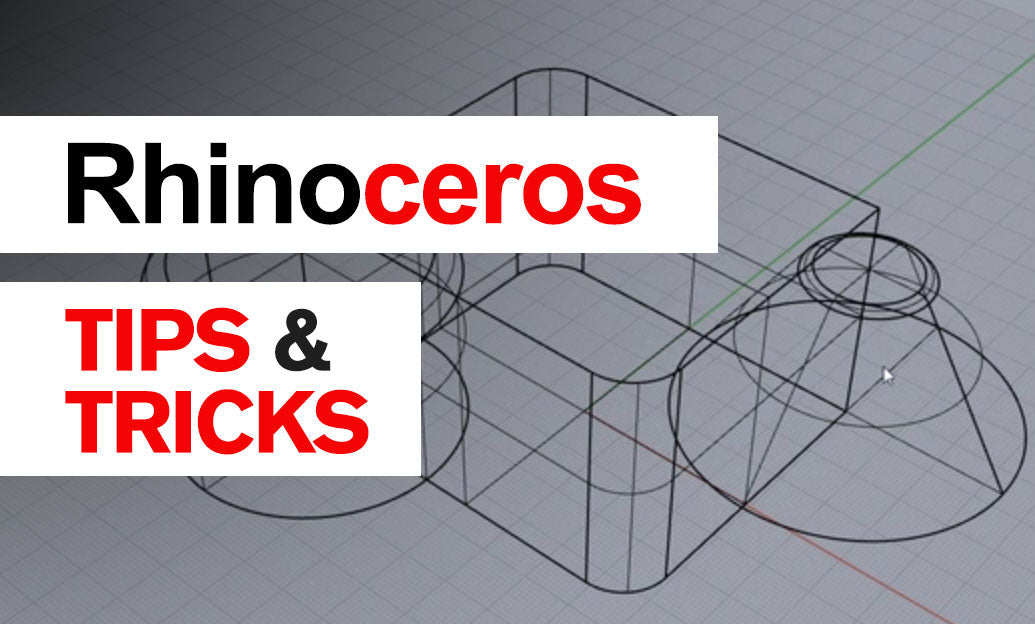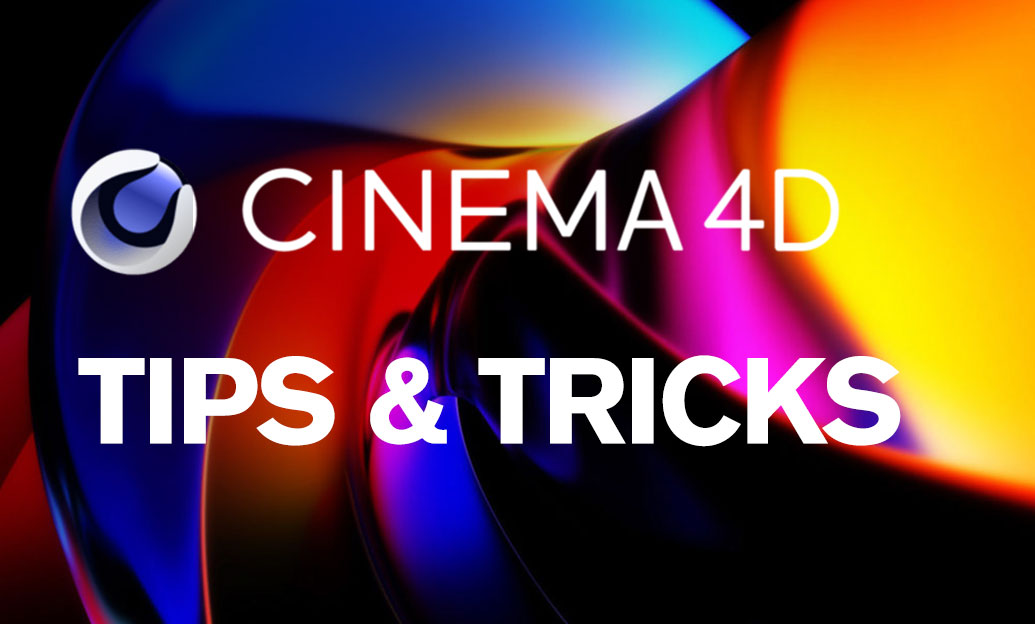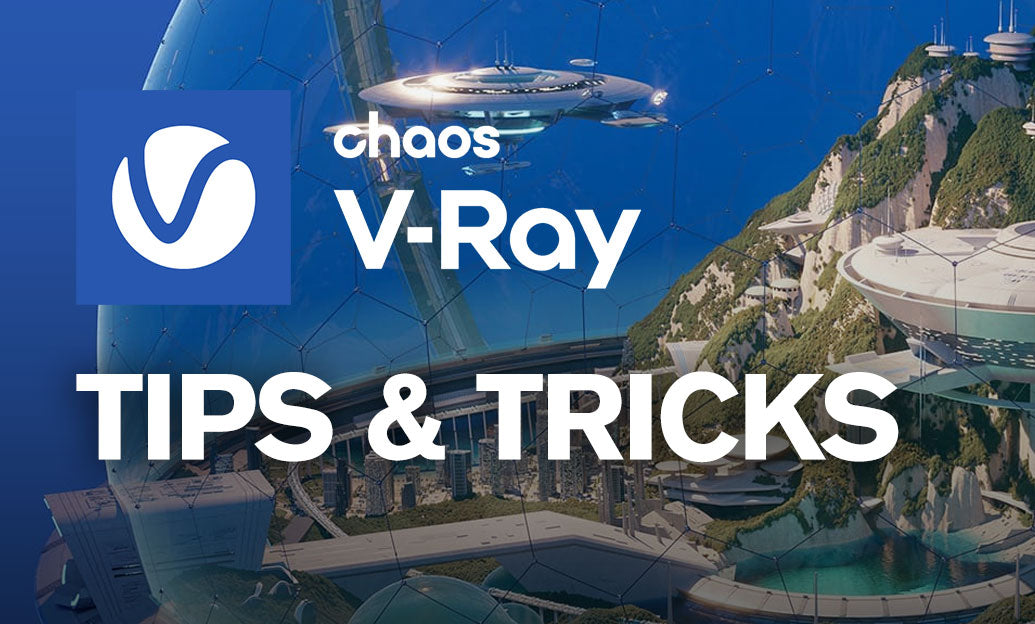Your Cart is Empty
Customer Testimonials
-
"Great customer service. The folks at Novedge were super helpful in navigating a somewhat complicated order including software upgrades and serial numbers in various stages of inactivity. They were friendly and helpful throughout the process.."
Ruben Ruckmark
"Quick & very helpful. We have been using Novedge for years and are very happy with their quick service when we need to make a purchase and excellent support resolving any issues."
Will Woodson
"Scott is the best. He reminds me about subscriptions dates, guides me in the correct direction for updates. He always responds promptly to me. He is literally the reason I continue to work with Novedge and will do so in the future."
Edward Mchugh
"Calvin Lok is “the man”. After my purchase of Sketchup 2021, he called me and provided step-by-step instructions to ease me through difficulties I was having with the setup of my new software."
Mike Borzage
Rhino 3D Tip: Enhancing Realism in Rhino 3D: Mastering Bump and Displacement Mapping Techniques
May 13, 2024 2 min read

For today's tip, we're diving into the realm of realistic textures in Rhino 3D. With the use of Bump and Displacement mapping, you can add intricate detail and physical texture to your models without the need for complex modeling. Here's how you can enhance your Rhino 3D projects:
- Understanding Bump Mapping: Bump maps simulate texture by altering the surface normals of your model. It creates the illusion of depth and detail, perfect for minor surface irregularities like scratches and grain.
- Applying Bump Maps: You can apply a bump map in Rhino by going to the material's settings and choosing a texture for the bump channel. Use high-contrast grayscale images for best results, where white represents the highest points and black the lowest.
- Adjusting Bump Strength: Within the material editor, you can adjust the strength of the bump effect. Subtle changes often yield the most realistic results.
- Displacement Mapping: Unlike bump mapping, displacement mapping actually alters the geometry of your model based on a texture map, creating real height and depth.
- Using Displacement Maps: In Rhino, displacement maps can be added under the displacement channel of the material editor. Choose a texture that depicts the height field you wish to simulate.
- Mesh Requirements: Because displacement modifies the geometry, ensure your model has sufficient mesh density. You can refine the mesh using the "Mesh" command before applying displacement.
- Performance Considerations: Be mindful of the performance impact when using displacement maps, as they can significantly increase the complexity of your model. Use them sparingly and optimize your mesh beforehand.
- Combining Both Techniques: For a more sophisticated texture, consider using both bump and displacement mapping. Use displacement for major features and bump maps for finer details.
- Previewing Results: Always use the Render Preview function to check the effects of your texture maps before final rendering.
Texture mapping in Rhino can bring a new level of realism to your designs and presentations. Remember to visit NOVEDGE to stay updated with the latest tools and plugins for Rhino that can aid in creating even more compelling visual content.
Experiment, refine, and don't be afraid to combine various mapping techniques for the most lifelike results. Happy texturing!
You can find all the Rhino products on the NOVEDGE web site at this page.
Also in Design News

Cinema 4D Tip: Optimizing Geometry Cuts in Cinema 4D for Enhanced Model Efficiency
October 22, 2025 3 min read
Read More
Bluebeam Tip: Maximize PDF Security and Consistency with Bluebeam's Flatten Tool
October 22, 2025 2 min read
Read More
V-Ray Tip: Maximize Rendering Efficiency with V-Ray's Material Override Feature
October 22, 2025 2 min read
Read MoreSubscribe
Sign up to get the latest on sales, new releases and more …


